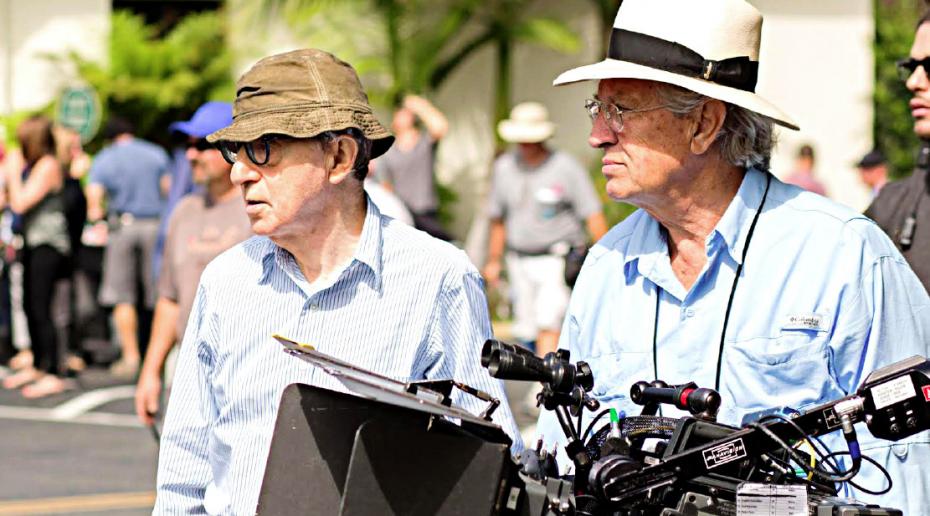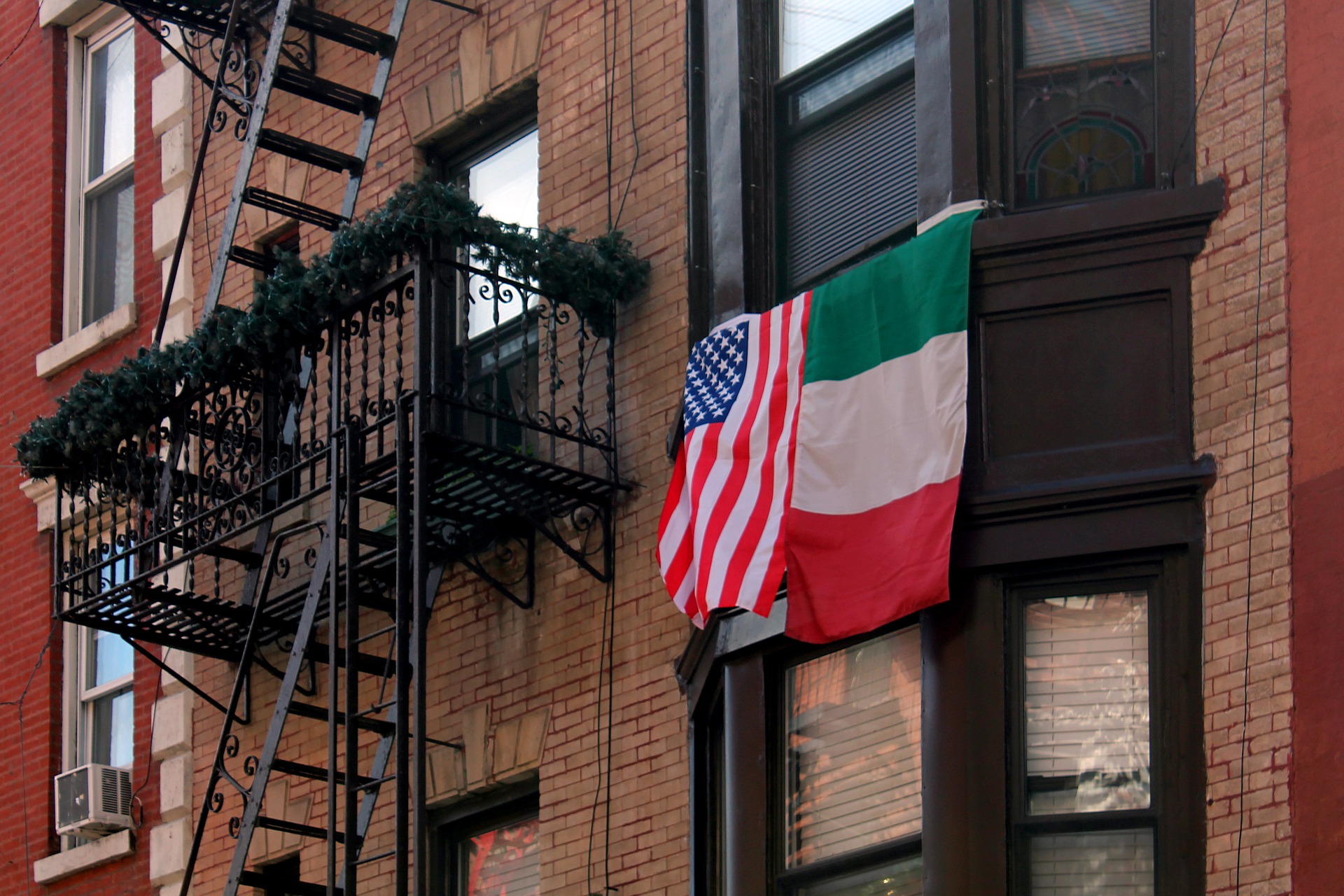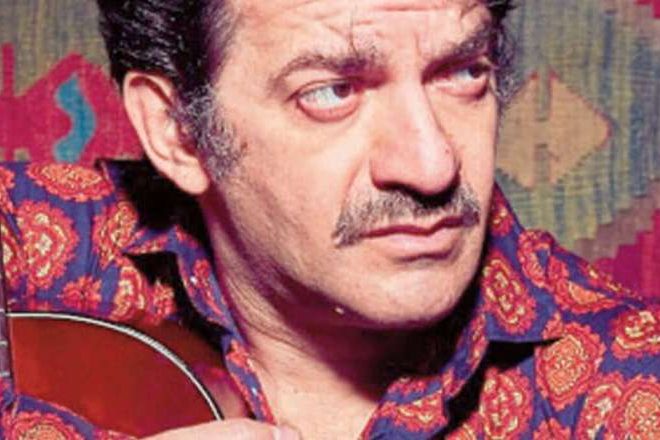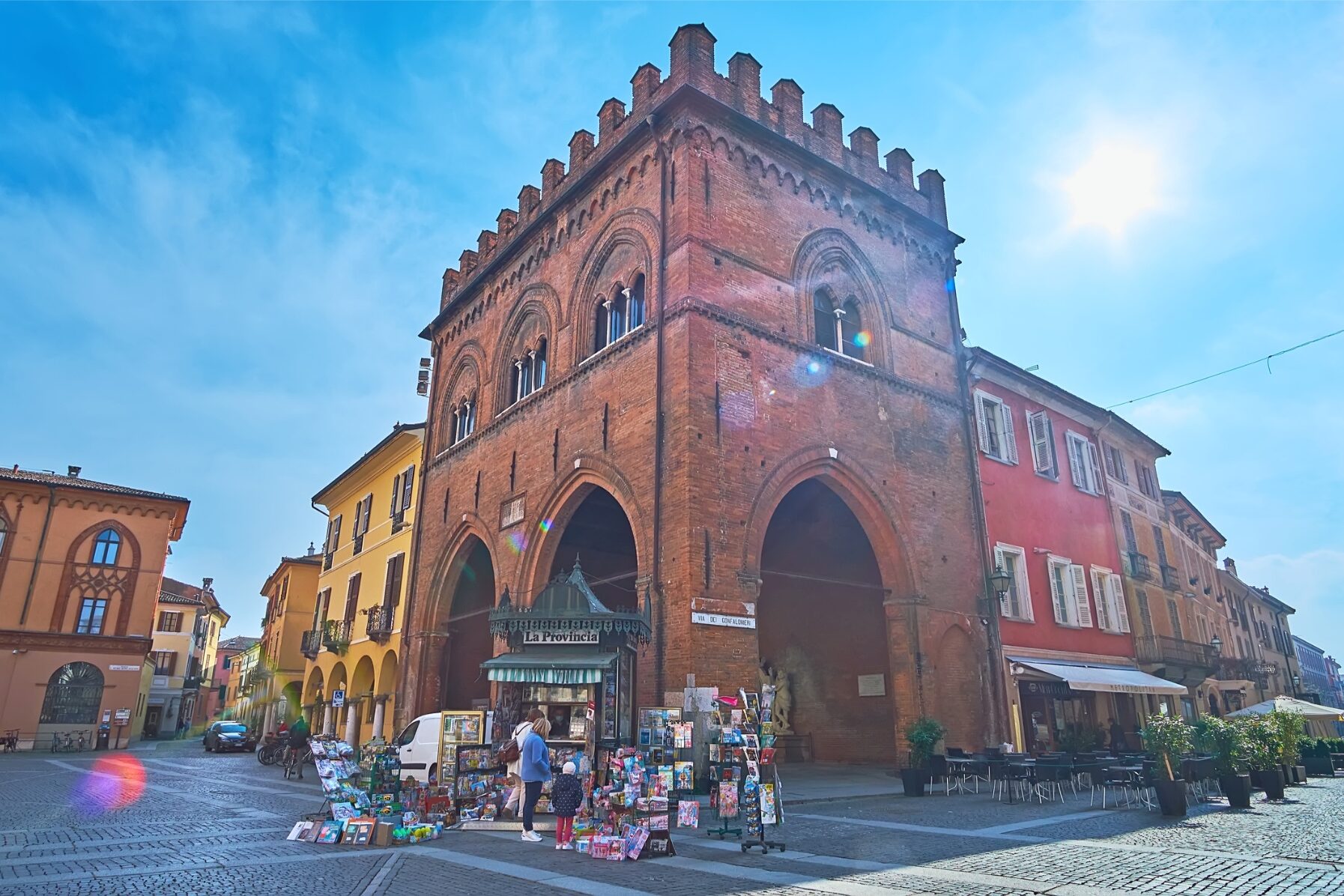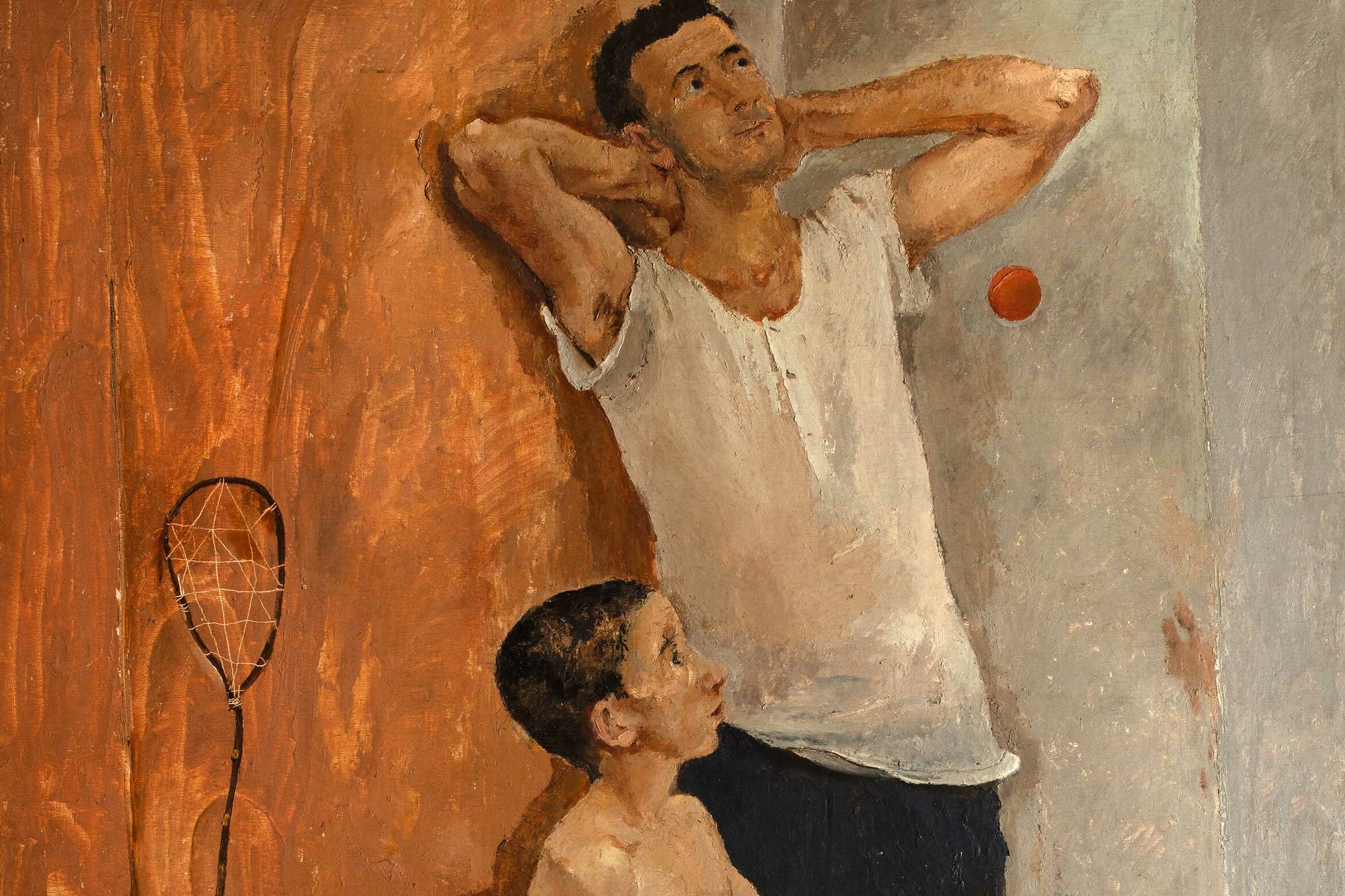Three-time Oscar winner, Vittorio Storaro is more than just a legendary Italian cinematographer – recognized by the Academy for his outstanding visual work in Coppola’s Apocalypse Now, Beatty’s Reds and Bertolucci’s The Last Emperor – he is a philosopher of light, colors and elements.
Even if his life and aesthetic investigation may be viewed as separate chapters – light; colors and elements – each phase is mindful of the previous one.
What is really remarkable about this master of light and colors and how they influence our emotional response to the cinematic images, is the fact that Storaro, throughout his amazing career, has been going back to study, whenever he felt the urge to do so.
Very few – if any – people, especially once they reached the top in their fields, have the humility and intellectual integrity to do so.
To better understand his aesthetic, it may be useful to read his trilogy of books, Writing with Light, Colors and Elements – condensed in a single Italian/English bilingual volume, plus DVD, available for purchase online at: aureaweb.com.
When and how you first got captivated by photography?
My father was a film projectionist for Lux Film, major Italian company in the 1940s and ‘50s.
He happened to bring home a dismissed film projector along with some pieces of film. In the evening, my brother and I – aged 7, or so – used to watch those images from Charlie Chaplin’s, City Lights, projected on a wall in our little courtyard.
Similarly to Salvatore, the little protagonist in Giuseppe Tornatore’s Cinema Paradiso, once in a while, I used to spend time at my father’s work. I used to peek through the little glass square, by which one could see whether the focus of the composition was right or not.
By watching screening after screening, I gradually developed the desire to become part of the projected images myself.
After studying photography for five years, since I was still too young to enter the Centro sperimentale di cinematografia – major national film school in Rome – I enrolled at C.I.A.C. (Italian Cinemagraphic Training Centre) for two years.
Finally, I passed the entry examination for the Centro sperimentale. With no doubt, the following two years of exploration into cinematography, were the best of my life.
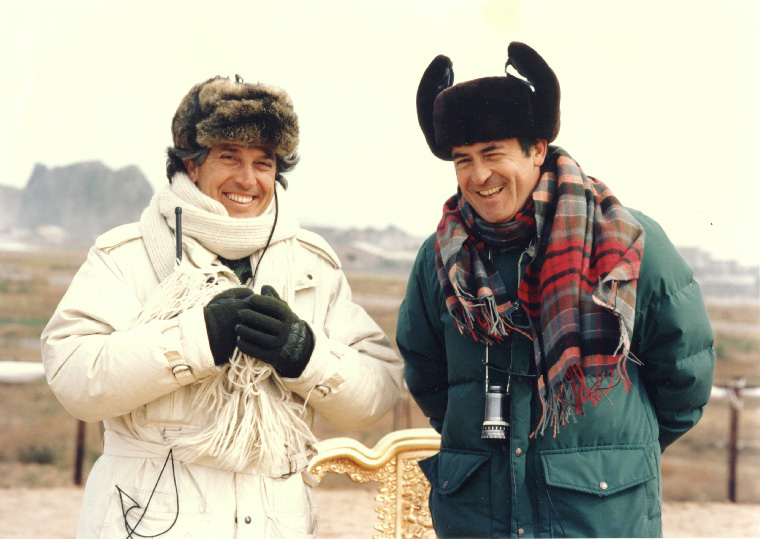
Tell us more about working with Italian filmmaker, Bernardo Bertolucci, for whose films – from 1970 to ’93 – you curated the cinematography.
In 1963, I had the fantastic opportunity to work as camera assistant for my friend, Camillo Bazzoni, who was camera operator for cinematographer Aldo Scavarda.
Camillo told me that he was about to work on a movie directed by an up-and-coming filmmaker, to be shot in Parma, near his home town, Salsomaggiore Terme.
That rising star of cinema was none other than Bernardo Bertolucci. Thus, our first encounter occurred as he was about to direct his first real film, Before the Revolution (1964), after the experience of directing The Grim Reaper (1962), still deeply influenced by Pier Paolo Pasolini.
Later, I became a camera operator with late cinematographer, Marco Scarpelli. In 1968, Italian director Franco Rossi viewed the short, Rapporto Segreto, by Camillo Bazzoni, for which I had curated the cinematography.
Franco was about to shoot Youthful Youthful, based on Luigi Preti’s novel, Giovinezza, giovinezza. That was my debut as cinematographer and the first time I had the chance to fully express myself.
Soon after, Bernardo Bertolucci called me on the phone. He confided me he had gone through a difficult period and wanted to start from scratch. He offered me to be a cinematographer for his small film, to be produced by RAI, The Spider’s Stratagem (1970), one of my early works in colors.
After a parenthesis, working for Dario Argento’s The Bird with the Crystal Plumage (1970), Bertolucci offered me again to collaborate on The Conformist (1970).
From that moment on, Bernardo and I embarked on a journey together, that lasted twenty-five years, up until Little Buddha (1993).
No doubt that Bertolucci gave me the great “imprint” in my creativity. We had a very good relationship not only on a human level, but also as artists. Most of times, he used symbols that unconsciously suggested the story in the audience, instead of directly recounting the plot.
In the same way, I used lights and shadows to visualize the movie.

How did you get to work with Francis Ford Coppola in the Best Cinematography Oscar recipient, Apocalypse Now (1979)? Its source material, Joseph Conrad’s novella, Heart of Darkness, already employs the juxtaposition of light/darkness in a symbolic way. How did you translate that visually?
Coppola had liked The Conformist very much and contacted me a first time in 1975 (upon the completion of Bertolucci’s, 1900).
At first, I was hesitant to accept working on the movie, since I was questioning myself: “What I have to do with a movie centered on the Vietnam War?”
Francis stressed how it was not going to be a war movie. He encouraged me to read Conrad’s book, to understand the real essence of his project. That is the conflict which always happens when a culture tries to superimpose on another.
It was a universal concept, which I felt invested in. I tried to visualize the metaphor of the two different societies clashing against one another, by employing artificial color and light gradually moving on top of natural colors and natural light.
Francis toured with me several tech companies in Los Angeles, giving me carte blanche to choose the equipment I felt most comfortable with.
I told him that the technology used for 1900, would have been appropriate for Apocalypse Now. I was also acquainted with the Italian crew of technicians. Coppola let me keep that same people and equipment.
Working on Apocalypse Now, happened to be a life changing experience for both Francis and myself. After six months of pre-production, one year and a half of production and two years of post-production, we became more mature individuals.
To the point that, upon completion of the shooting, I felt the impellent need to take a break in order to investigate the true nature of light, as well as the philosophy, symbolism and dramaturgy of colors.
After this year of exploration, it began a new chapter of my life, dealing with the meaning of colors.
In 1982, you were awarded with your second Oscar for the cinematography in Warren Beatty’s, Reds. How was the experience of working with Beatty?
Warren Beatty was planning to make a movie about the figure of journalist, John Reed, who experienced and wrote about both the Mexican Revolution and the Russian Revolution.
Warren had seen my previous works, including 1900, which shared the same epic tone.
It was not an easy experience at first, given that I had never worked before, alongside somebody who simultaneously acted and directed. He shared the conventional way of making movies in Hollywood. He believed that the camera ought to follow the movements of the actors, rather than be a character itself.
That was the exact opposite conception of Coppola, who had endued the camera with its own life.
Since Warren was used to look at a scene from the inside, he had difficulties to absorb this concept. Therefore, I worked to get acclimatized to his way of making movies.
We enriched each other with our different perspectives. Working with him, was a fundamental learning experience.
After my collaboration with Beatty, I delved into deepening the Greek philosophical theories on the relation between matter and energy. Only when the four elements of Earth, Fire, Water and Air balanced each other, energy was able to flow.
Over my career, I transitioned from darkness, half-light and light, passing through the seven colors of the spectrum, to the rapport between matter and energy.
In 1988, you received your third Best Cinematography Oscar for Bertolucci’s, The Last Emperor. It stands out the contrast of light between the prison scenes and the initial sequences at the court. Please elaborate on that.
Bertolucci was coming out from a difficult period. 1900 – not well received abroad – La luna, as well as Tragedy of a Ridiculous Man – the only one I didn’t work on, since I was busy working on Coppola’s, One from the heart – weren’t very successful.
Bernardo had lost much of his confidence, while I had right then the chance to make the most of the North American tradition of making movies, combined with my early formation in Italy.
The Last Emperor is about a child taken away of his mom’s arms, to be raised in the Forbidden City, like a prisoner in his own city. Nationalist China forced him to take a journey within himself, a sort of psychoanalysis.
My idea was to associate a different tonality of color with each step of the emperor’s life, backwards as he remembers the events.
As Newton taught us, “white is all of our life, while its single moments are the colors of the spectrum.”
Similarly, at the end of the movie, as the emperor receives the diploma from his mentor, the white snow in the courtyard highlights the moment of epiphany in which the protagonist realizes the meaning of his life.
